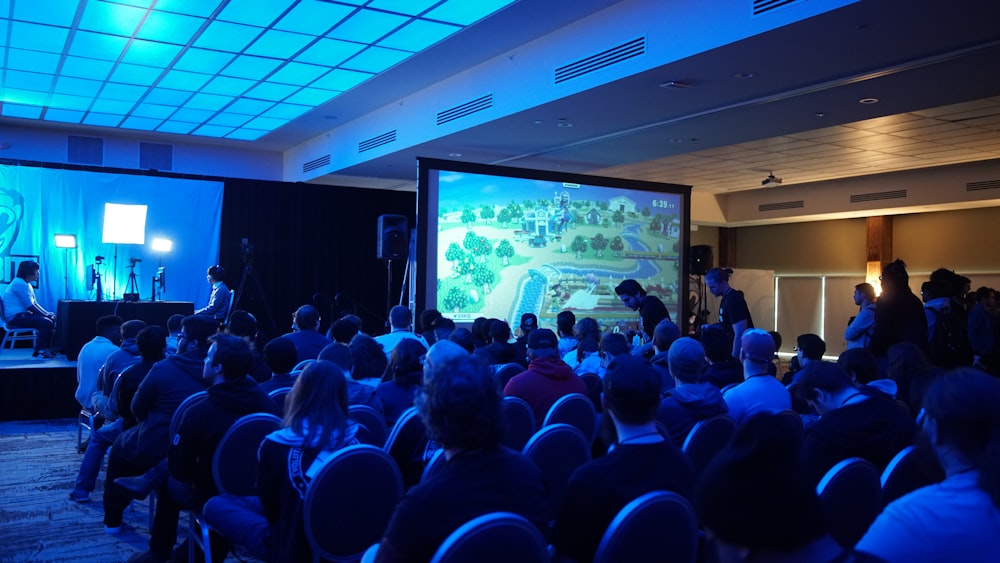This week, we hosted our “Let’s Talk Startups” AMA Session, an online event, on “Networking in the Real World.” The AMA session was hosted by Anshuman Sinha, an angel investor, and co-founder of Startup Steroid.
The event also featured Stephen Silver, Director @ SoCal Startup Day, and Bruce Virga, CEO at Title3Funds, as special guests on the show.
New to “Let’s Talk Startup”? It is an online startup meetup platform that organizes weekly sessions discussing the complex topics of the startup world. “Let’s Talk Startup” is on a mission to solve the problems of startup founders one meetup at a time and to build a stronger startup ecosystem.
After a brief introductory session, our mentor, special guests, and attendees discussed several interesting points regarding networking and how you can improve your connection-building exercises.
Our attendee, Rajiv Gupta, introduced his startup, explaining how his company executes customers’ innovation in Medical devices, Diagnostic instruments (IVD), and Consumer electronics. He also pointed out that at any networking event, he doesn’t join the discussion at once. Instead, he first tries to understand the context of the conversation and then finds the right time to step in and engage in that conversation.
As an entrepreneur, he also explained how it sometimes seems odd when startup founders at networking events approach him directly and emphasize what they do. According to Rajiv, he believes the real conversation should start with a process. For example, knowing each other is key here. At your first meeting with anyone, your aim should be to understand each other first.
Our mentor, Anshuman Sinha, suggested that when you visit a networking event, you should not be afraid of rejection. Instead, you need to be patient and observant initially to understand how people interact at networking events. Anshuman feels that at a networking event, you need not stick to groups you know or familiar faces who are already on your connection list.
The idea is to build new connections at these events without offending anyone. If you go to a networking event and only talk to people you know, it might not help you much in enhancing your business network. Instead, try to arrive at the event early and talk to the organizers. Make sure you make the best use of all the business cards and leads you get there at the event.
“In my case, I always make sure that I contact at least 10 new people before 10 a.m. the next day. That’s why I call it 10 by 10,” Anshuman added.
According to Bruce, you should try to break the ice at such an event first. You have to take the initiative. Be proactive and show up at these events on time. Make use of social media to understand the people you are going to meet at that particular networking event.
Likewise, Stephen also explained his perspective on how networking happens in the real world. He elaborated that building upon every single networking event enhances your ability to connect with people. Having a goal in mind is good when you’re attending a particular networking event, but every situation is different. You have to tread cautiously as you may never know how you may be meeting your client or a lead at the meeting. Never make the mistake of keeping yourself limited to a particular group of acquaintances only. If you get stuck in a particular group, your professional network may not expand.

Thus, networking at business meetings and events is a valuable way to establish connections, create partnerships, and expand your professional circle.
Here are some key points on networking in the real world:
Set Clear Goals: Determine what you want to achieve through networking. It could be finding potential clients, partners, mentors, or job opportunities.
Prepare an Introductory Pitch: Craft a concise and engaging introduction that highlights who you are, what you do, and what you’re looking for professionally.
Active Listening: Be genuinely interested in others. Ask open-ended questions and listen actively to understand their needs and challenges. As Diwakar pointed out, before speaking, make sure your words add value to the conversation.
Exchange Business Cards: Carry professional-looking business cards with your contact information. When you exchange cards, jot down a few notes about the person to help you remember them later.
Body Language: Pay attention to your body language. Maintain eye contact, smile, and offer a firm handshake. Open and positive body language can make a significant difference in how you are perceived.
Follow-up: After the event, follow up with the people you met. Send personalized emails expressing your pleasure in meeting them and your interest in continuing the conversation.
Volunteer: Volunteering at events can put you in touch with organizers, speakers, and other volunteers. It’s an excellent way to establish relationships with people deeply involved in the industry.

Social Media: Connect on professional platforms like LinkedIn. After meeting someone in person, connecting online can help you stay updated with their activities and provide a platform for future interactions.
In Conclusion
Networking is all about building relationships. It’s not just about what others can do for you, but also what you can offer to them. Building genuine, mutually beneficial connections takes time and effort, so be patient and persistent. Also, be honest with yourself, and don’t try to impress others by being someone you’re not. Genuine connections are more likely to be fruitful and helpful in becoming lifelong relationships.









